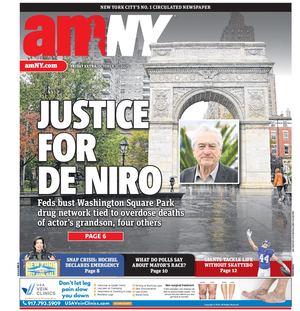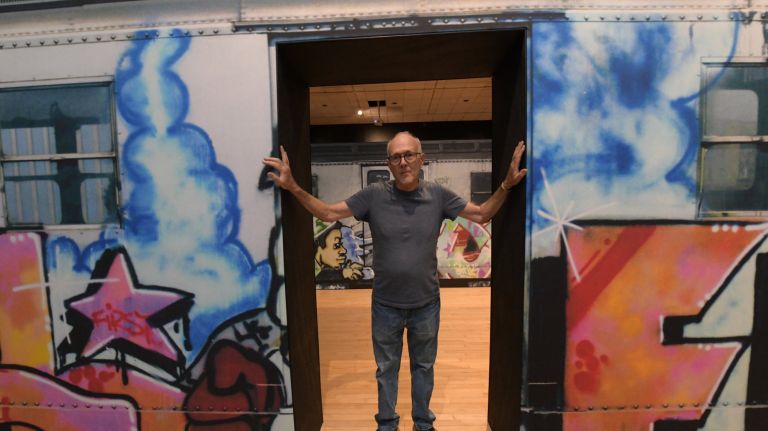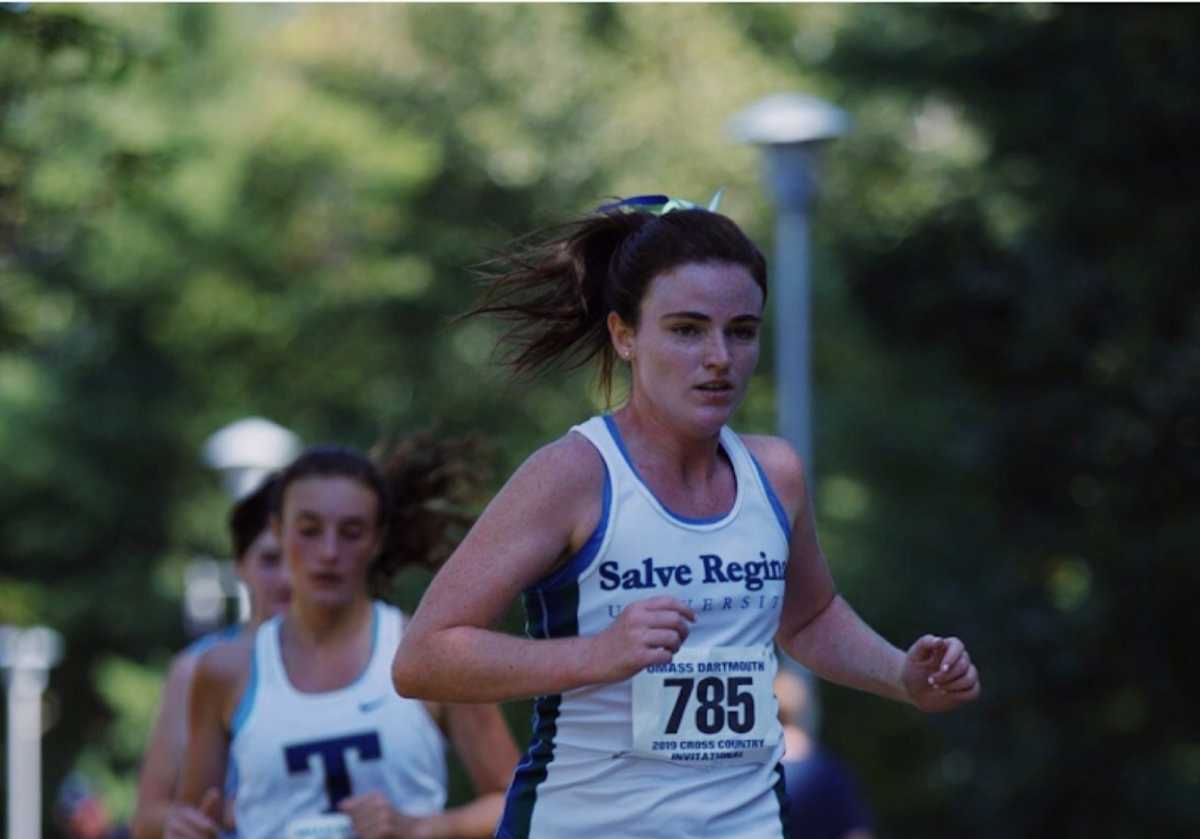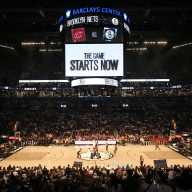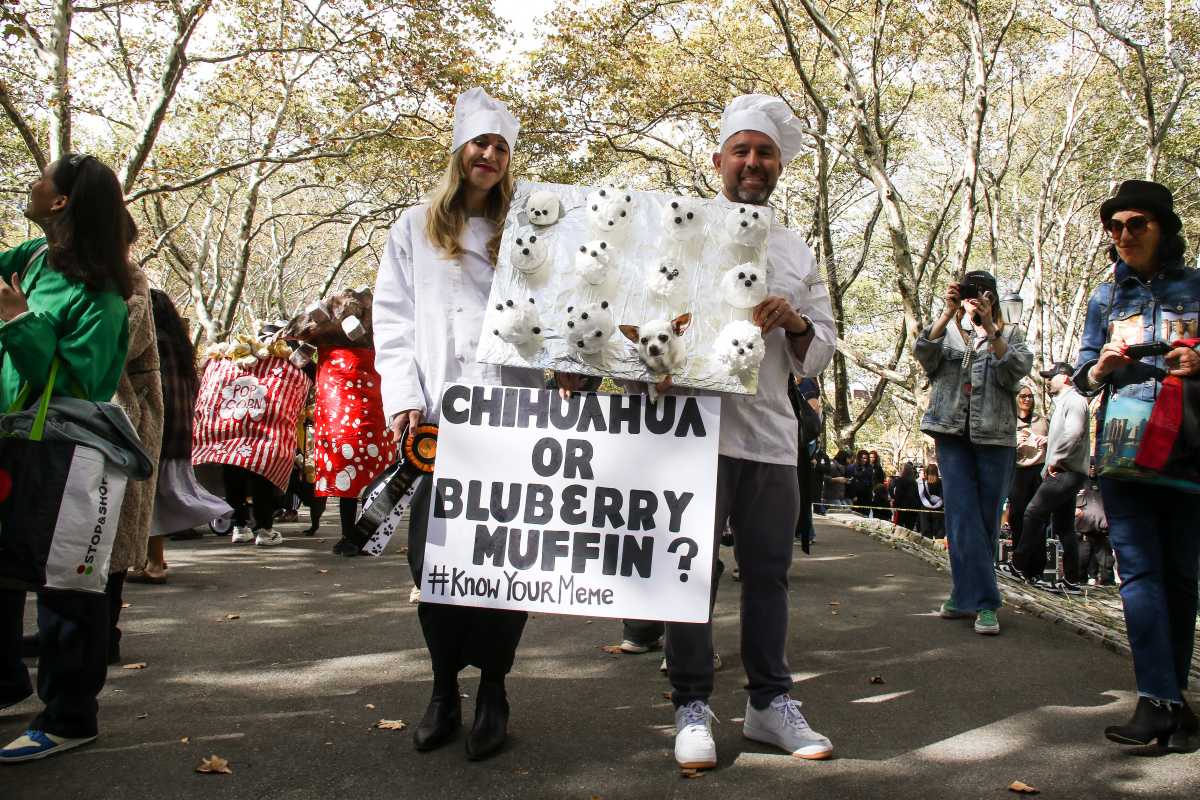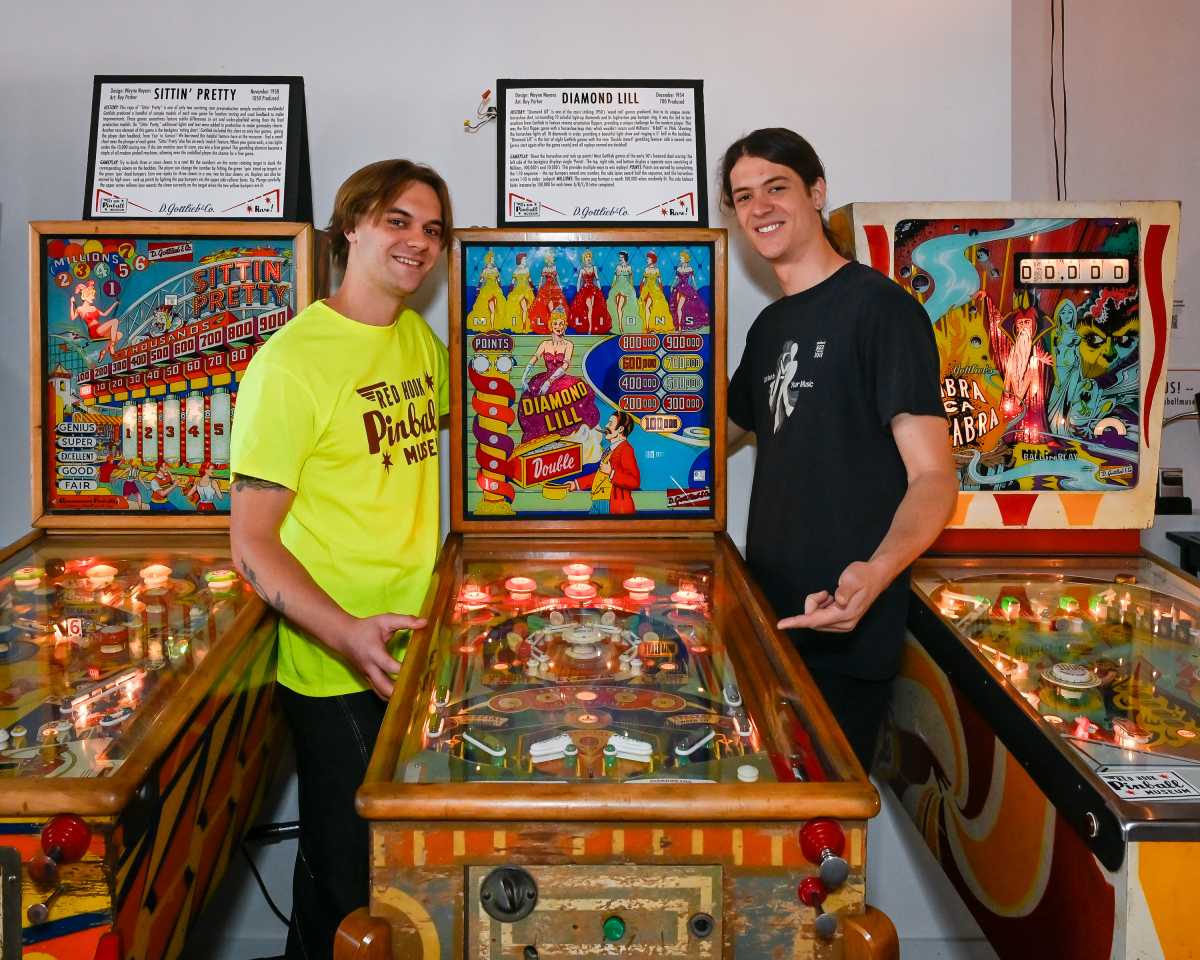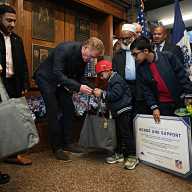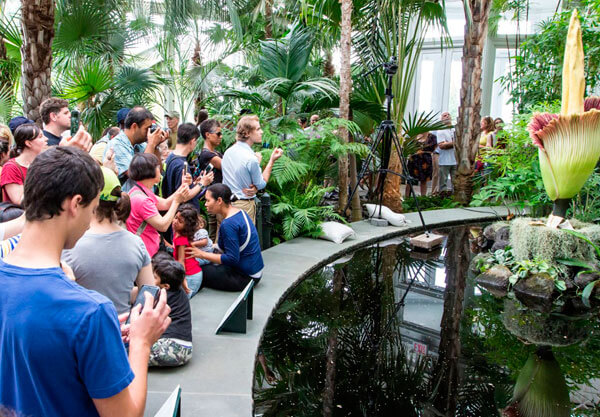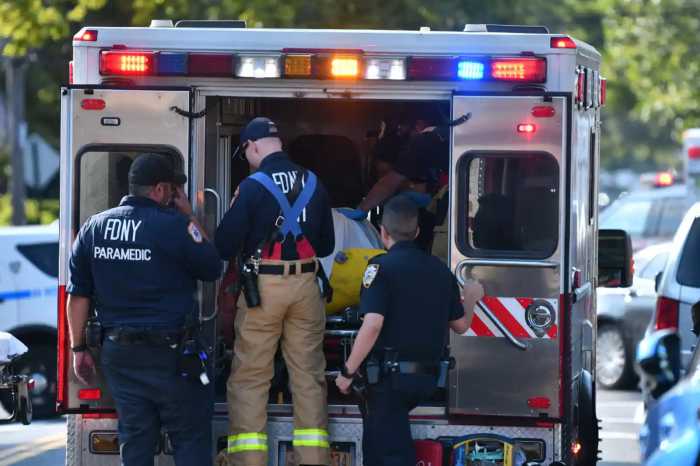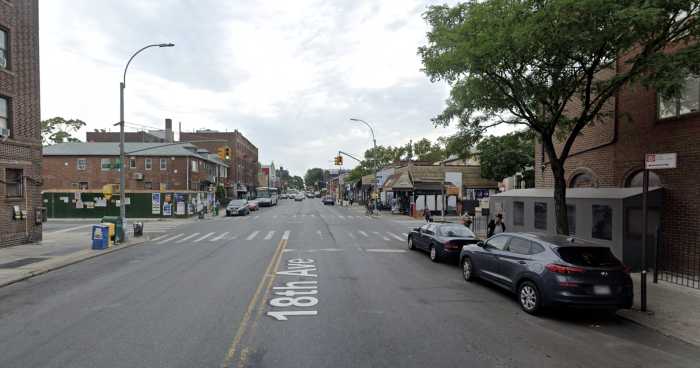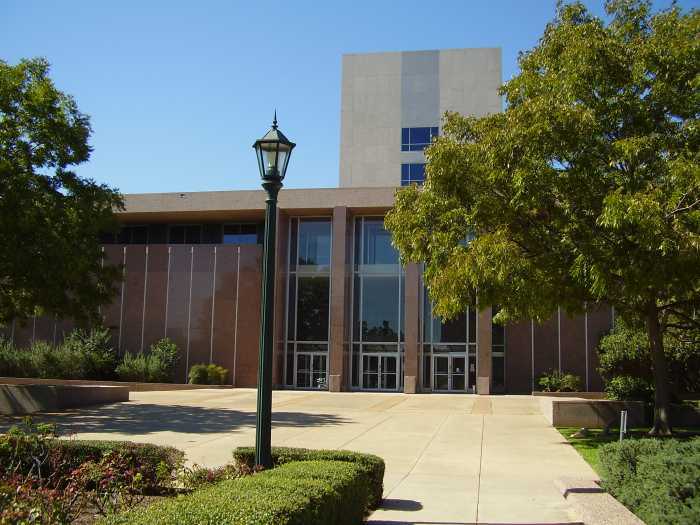
Christmas came in July 1977 for photographer Henry Chalfant – and it was a present worth waiting for.
While riding the subway in the Bronx, he spotted a spectacular, color-soaked mural on the side of a train parked between the Prospect Avenue and Intervale Avenue stops. It featured a jolly Santa Claus, smiling snowmen and an upbeat message from artists who called themselves the Fab 5 to a city that was going through some hard times: “Merry Christmas to New York.”
“I wondered how I was going to get back to that — I really want that,” Chalfant remembered. “So I ran back on the catwalk between stations.”

It was a defining moment for Chalfant, who went on to become one of the premiere photographers to document graffiti art on subway trains. His acclaimed images also captured graffiti artists as well as vibrant scenes of New York City street life in the 1970s and 1980s.
A retrospective of Chalfant’s work, “Art vs. Transit, 1977 – 1987,” opens on Wednesday at the Bronx Museum of the Arts. It first appeared in Madrid, curated by the Spanish street artist known as SUSO33.
“I’m happy that this is in the Bronx because a lot of this started here,” Chalfant, 79, said Tuesday as he helped put the final touches on the exhibit. “I love that it is at the Bronx museum, which is free and open to the public.”

An artist and sculptor, Chalfant was intrigued by the artwork he spotted on trains as he traveled to and from his Upper West Side home.
Chalfant chronicled the work of young artists now recognized as graffiti pioneers: Blaze, Crash, DAZE, Dez, Kel, Mare, SEEN, Skeme and T-Kid from the Bronx as well as Dondi, Futura, Lady Pink, Lee Quinones and Zephyr.
“Henry’s photos take great care to preserve the memory of this early and important cultural expression,” said Deborah Cullen, executive director of the museum.
It was often a race against time. Artists snuck into train yards, armed with cans of spray paint, in the dark of night. They could also see their efforts quickly washed away as the New York City Transit Authority embarked on several anti-graffiti efforts over the years.

Chalfant had to come up with a way to photograph these fleeting canvasses as they rolled in and out of subway stations.
He developed a “segmented technique” by snapping pictures of different sections of a train and then slicing them together. In the years before photoshopping, this was painstaking process. He was eventually able to purchase a motor drive that allowed him to shoot images in quick succession.
But there was also plenty of down time as he stood on subway platforms and waited for trains to pass.
“One summer I read ‘War and Peace,’” Chalfant recalled with a laugh.
Graffiti writers first eyed him with skepticism, wondering if he was a police officer. Chalfant’s earnest interest won them over.
In the early 1980s, Chalfant collaborated with photojournalist Martha Cooper, who had also been documenting graffiti and the burgeoning hip-hop scene in the city. They joined forces on a book, “Subway Art,” which remains an influential “bible” of graffiti.

He also worked with director Tony Silver on the 1983 documentary “Style Wars,” which examined graffiti and hip-hop culture.
“Henry has documented, in my estimation, the only true original art form that came out of America,” said Eric Firestone, who produced the exhibit with Sacha Jenkins and whose art gallery represents Chalfant. “It is now a global phenomenon.”
The exhibit includes poignant images, such as children turning discarded mattresses and rubble-strewn lots into their own gymnasiums. In another gallery, visitors hear the sounds of subway trains and spray cans while walking through rows of Chalfant’s photos enlarged to resemble subway cars.
Chalfant rejected some criticisms that graffiti was nothing more than glorified vandalism.
“Consider the environment that the kids were growing up in,” Chalfant said, referring to the Bronx of the 1970s and 1980s. “If this was a crime, wasn’t it a greater crime to abandon an entire borough to crumble to the ground where people were actually living?”

If you go: "Henry Chalfant: Arts vs. Transit, 1977-1987" is at The Bronx Museum of the Arts through March 8, 2020. For more information, go to bronxmuseum.org.
